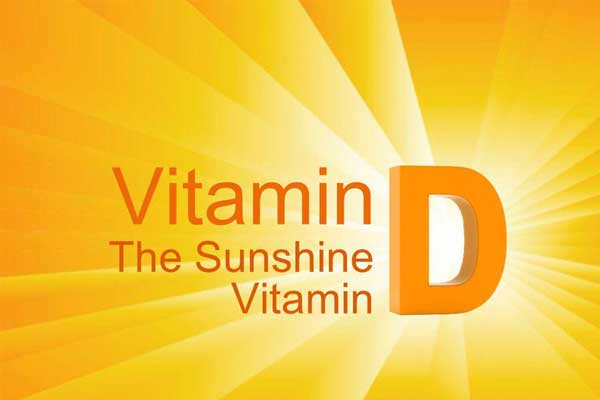The Rise of Tanning Injections In the quest for the perfect golden glow, beauty enthusiasts…

Sunbeds to boost your vitamin D Levels!
Can Sunbeds Help with Your Vitamin D Levels ?
Vitamin D is essential for regulating calcium levels in the body, ensuring that bones remain strong and healthy. Emerging research suggests that it might also play a role in reducing the risk of cancer and other chronic diseases, although more studies are needed to fully understand its benefits.
In winter, however, many people become deficient in vitamin D due to reduced natural sunlight, as UVB light—a key factor in the body’s production of vitamin D—becomes less available.
Are Sunbeds a Good Source of Vitamin D?
A quick search online reveals conflicting information, making it hard to know if sunbeds provide vitamin D or not. The simple answer is “yes,” though opinions vary widely. Some professional organisations provide conflicting guidance, , which claims that tanning beds can’t supply adequate vitamin D. However, several studies demonstrate that sunbeds can indeed raise vitamin D levels.
One study highlights that both natural sunlight and sunbeds expose the skin to UVB light, and UVB’s effects are consistent regardless of the source. Researchers note that “sun and sunbeds act similarly: one quantum of radiation at a given wavelength has the same biological effect, irrespective of the source.”
So, let’s look at some clinical findings on how sunbeds affect vitamin D production.
How to Get Enough Vitamin D
According to the British Association of Dermatologists, 97.5% of people need at least 10 micrograms (400 IU) of vitamin D daily for good health. During summer, it’s usually possible to get sufficient UVB exposure, but in the UK, the NHS estimates that from October to March, getting enough UVB exposure from natural sunlight is challenging.
Certain foods, like oily fish, red meat, egg yolks, and fortified cereals, contain some vitamin D, but the NHS notes that “it is difficult to get enough Vitamin D from food alone.”
With sunlight in short supply during winter, what alternatives are available? Could sunbeds be an effective option?
Research on Sunbeds and Vitamin D Production
A variety of studies have examined how artificial UVB light from sunbeds influences vitamin D production. The consensus is clear: sunbeds can raise vitamin D levels significantly.
For example, one study found that bi-weekly sunbed sessions—totaling 15 sessions—were “surprisingly effective” at increasing vitamin D to levels comparable to those seen in equatorial sunlight. Another study indicated that sunbeds emitting between 2.2% and 4.2% UVB light could mimic natural sunlight and act as a substitute when the UV index is low, though beds emitting only 0.8% UVB showed no effect on vitamin D.
Research also suggests that a 20-minute sunbed session produces as much vitamin D as 30 minutes of midday sun, drinking 200-373 ml of cod liver oil, or taking a daily 10,000-20,000 IU supplement.
Are Sunbeds a Better Option Than Diet?
One intriguing finding study is that vitamin D levels remained elevated for 6-8 weeks after sunbed use, while dietary supplements had less impact on maintaining vitamin D stores. This suggests that, in some cases, sunbeds may be a more effective source of vitamin D than diet alone. However, it’s essential to approach UVB exposure carefully, as overuse—whether from the sun or sunbeds—carries risks. Always use sunbeds responsibly to avoid potential skin damage.
How to Get Enough Vitamin D
According to the British Association of Dermatologists, 97.5% of people need at least 10 micrograms (400 IU) of vitamin D daily for good health. During summer, it’s usually possible to get sufficient UVB exposure, but in the UK, the NHS estimates that from October to March, getting enough UVB exposure from natural sunlight is challenging.
Certain foods, like oily fish, red meat, egg yolks, and fortified cereals, contain some vitamin D, but the NHS notes that “it is difficult to get enough Vitamin D from food alone.”
With sunlight in short supply during winter, what alternatives are available? Could sunbeds be an effective option?
Along with increased vitamin D levels the use of Melanotan 2 can speed up the process of achieving a beautiful tan




This Post Has 0 Comments